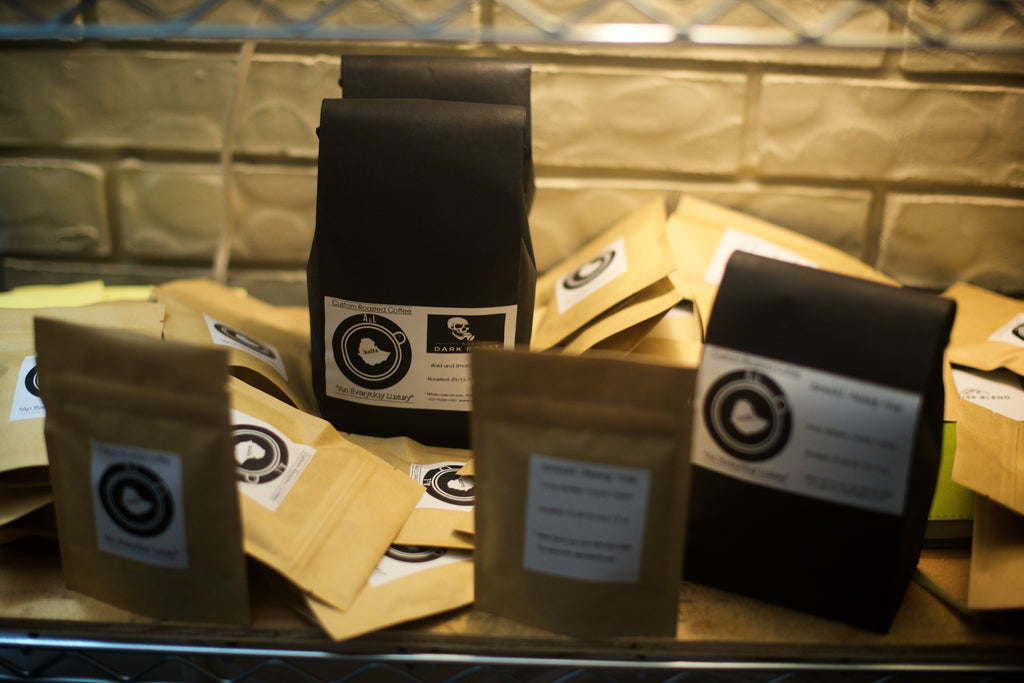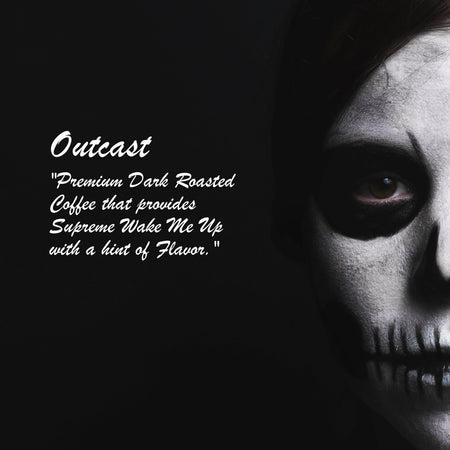Step into any coffee shop around the world, and you'll witness a peculiar phenomenon. Dozens of people gather in a shared space, yet most sit alone, separated by invisible barriers of headphones and laptop screens. As someone who has spent years studying coffee culture, roasting beans, and observing human behavior, I've come to realize that the modern coffee shop represents one of our era's most fascinating social paradoxes.
The Traditional vs. Reality Historically, coffee houses were hubs of conversation, political discourse, and artistic expression. They were places where ideas collided and communities formed. Today's reality tells a different story. While we still cling to this romantic notion of coffee shops as community spaces, the actual behavior we observe suggests something else entirely.
The Archipelago Effect I've coined the term "archipelago effect" to describe what I see in modern cafés – islands of individuals, each creating their own private space within the public sphere. It's a phenomenon unique to our time, where people seek the energy of human presence without the demands of direct interaction.
The Secondary Role of Coffee Perhaps the most surprising revelation is how secondary the coffee itself has become. While quality matters, it's rarely the primary driver of customer behavior. Most shops offer virtually identical menus, with espresso-based drinks taking center stage and drip coffee often relegated to an afterthought. The coffee serves more as a ticket of admission, granting the bearer the right to occupy space.
The Power of Ambient Intimacy What these spaces really offer is what I call "ambient intimacy" – the feeling of being connected to humanity without the obligation of direct engagement. It's particularly appealing to introverts and remote workers who seek the energy of human presence without the demands of interaction.
The Social Architecture Coffee shops have become our modern-day third spaces, neither home nor work, but something in between. They offer:
- A structured environment for controlled social interaction
- A legitimate reason to be alone in public
- A neutral ground for meetings and conversations
- An ambient soundtrack of productivity
The Business Implications For café owners and operators, understanding this dynamic is crucial. Success isn't just about serving great coffee – it's about creating an environment that facilitates this delicate balance between privacy and community.
Looking Forward As our world becomes increasingly digital, these physical spaces take on new significance. They represent one of the few remaining places where we can experience the paradoxical comfort of being alone together.
Questions for Reflection:
- What really draws you to coffee shops?
- How has your use of these spaces evolved over time?
- What role does actual coffee play in your café experience?
In understanding these spaces, we gain insight into our changing social needs and the creative ways we've adapted public spaces to meet them. The modern coffee shop may not be the community hub we often claim it to be, but perhaps it's exactly the kind of space we need right now – a place where we can find connection in solitude.
Looking to continue this conversation? Share your own coffee shop observations and experiences in the comments below. How do you use these spaces, and what do they mean to you?




